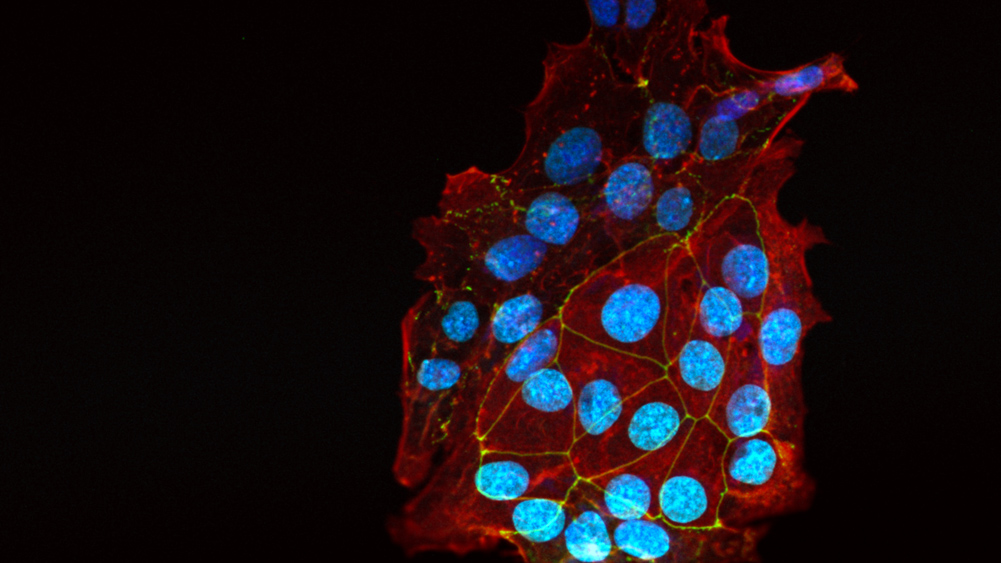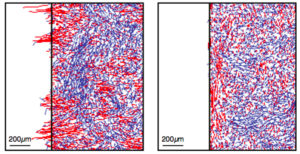
Collective Cell Migration
Tissue self-assembly and repair requires three key elements: specification of cellular scale organization (e.g. cytoskeletal configuration and cell shape), specification of tissue scale organization (e.g.boundaries between different component phases), and specification of cell fates/phenotype. All of these elements are inter-related and must evolve with coordinated dynamics as self-organization proceeds. In particular, cells must coordinate their movement and organization as a collective group to achieve the final desired tissue organization without significant damage to the tissue sheet. An improved understanding of the rules that govern these collective dynamics in re-organizing tissues systems in vitro would provide the opportunity to control cellular self-assembly, enhance collective tissue repair processes such as wound healing, and inhibit pathological collective processes such as collective invasion of tumour cells into surrounding tissues. To begin to understand the rules underlying collective migratory behaviours, we have developed strategies to i) spatially define and track individual cells within dense multicellular engineered tissues in 2D and 3D and ii) visually represent spatially heterogeneous data to quantify coordinated behaviours of groups of cells.
Nonautonomous contact guidance signaling during collective cell migration., Londono C, Loureiro MJ, Slater B, Lücker PB, Soleas J, Sathananthan S, Aitchison JS, Kabla AJ,McGuigan AP., Proc Natl Acad Sci U S A. 2014 Feb 4;111(5):1807-12.
